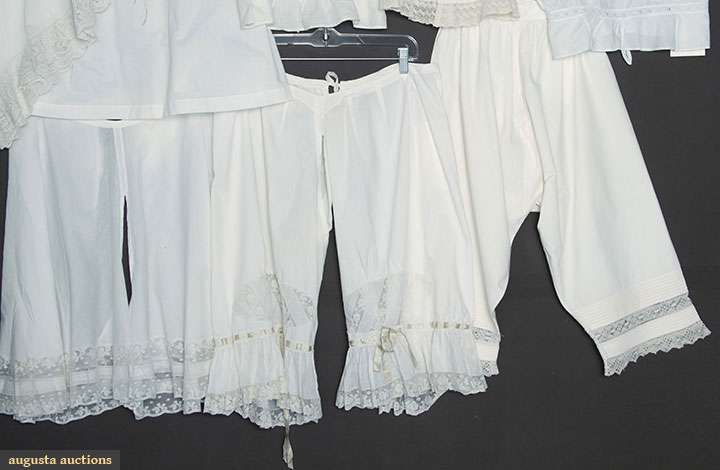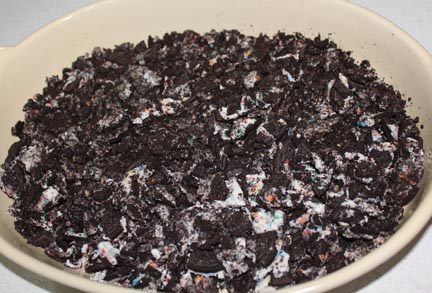History.
The past.
But as who sees it?
And through what filters is it studied?
It all makes a difference.
AS writers of historical fiction, we are charged with being historically accurate while writing to an audience of the 21st Century. Not always an easy task.
We've all seen how history is being rewritten. Heroes in the past are now portrayed as villains by some. But like most things of the human condition, it all depends on the angle you're looking from.
I believe people are treating history as a dot rather than a line. Civilizations and people progress. It is not wise or practical to judge those from the past by today's standards. I am not the same now as I was in my 20s. (A long time ago, I have history : )
I love the western period of the USA. Probably more of the myth of it, but also the adventure and freedom. Of course, then again, it depends on from whose viewpoint the story is written. I'm sure Lewis and Clark would have a view different from that of Crazy Horse.
I also write my historicals with kindness. While one term may be appropriate for 1870, it might not be for 2018. I choose kindness. That may result in having to be creative in my writing and characters, but I'd rather be kind than hurtful.
For the one thing that doesn't change is people. We are the same. We love, we hate. We are brave and afraid. Those who work hard and those who are scoundrels. Those who rise over their circumstances and those who succumb to them. And as a Christian writer, how a character relates to God. Do they have faith? Will they grow in their faith?
Be wise when you see history being rewritten, for some who do so have an agenda. How wise Eisenhower was when he said to document the Nazi concentration camps. He said there will be those who want to say it never happened. And now we know how wise his statement was.
When reading well-researched historicals, you can step back in time and live in a time gone by. Enjoy the stories.
Patricia PacJac Carroll
For more information,
please contact
email ………….. patricia@pacjaccarroll.com
Twitter https://twitter.com/PacJac
Amazon page: Books by
Patricia PacJac Carroll
**Sign
up
Author Patricia PacJac Carroll Newsletter > http://eepurl.com/bpPmbP




















































